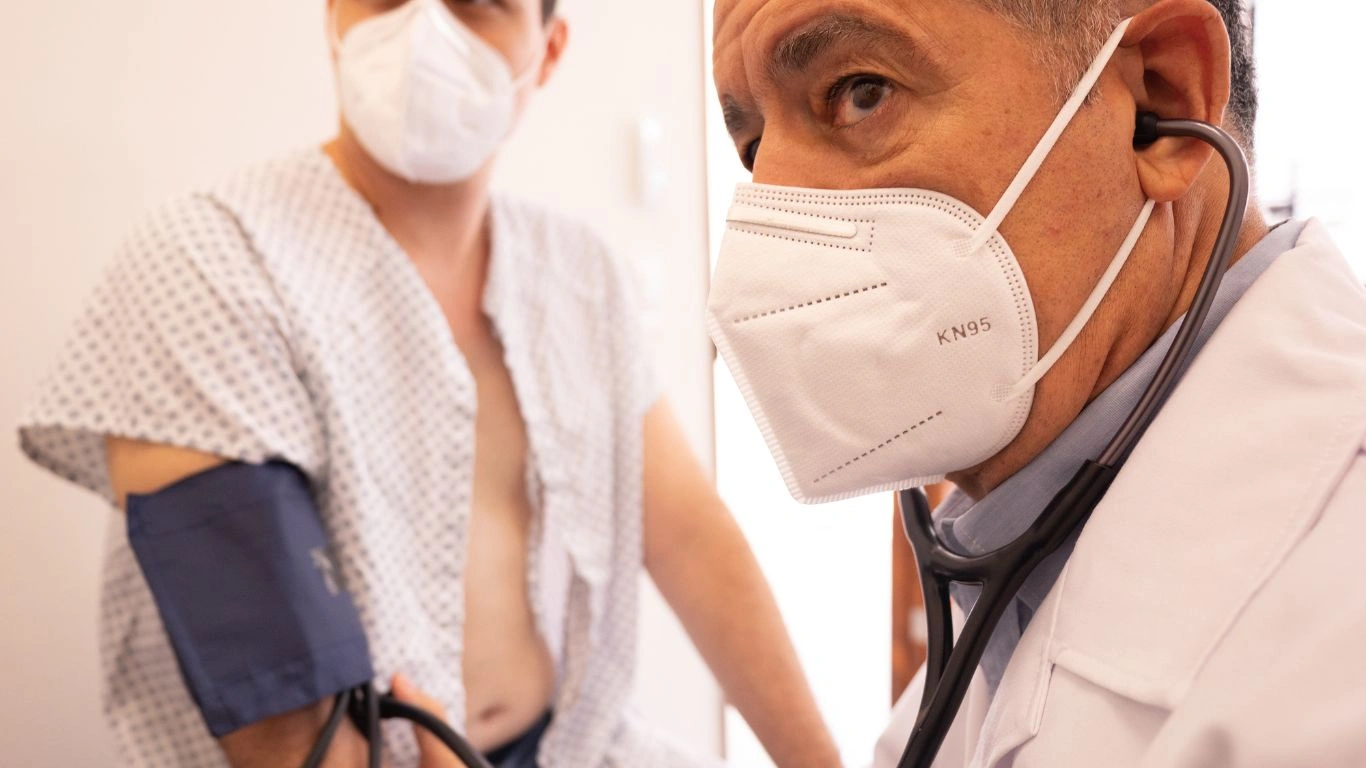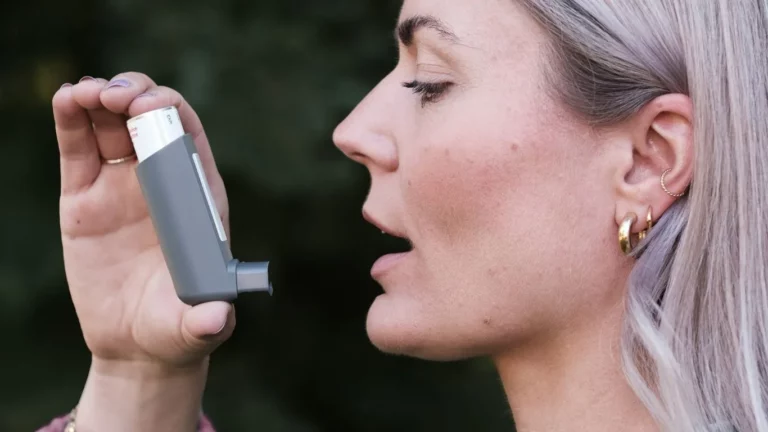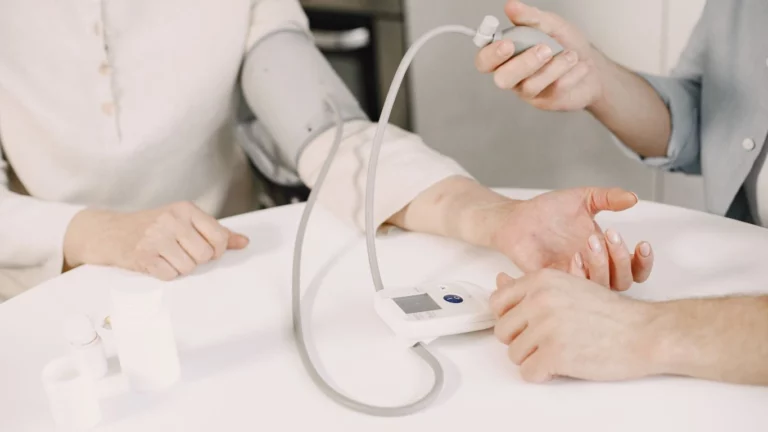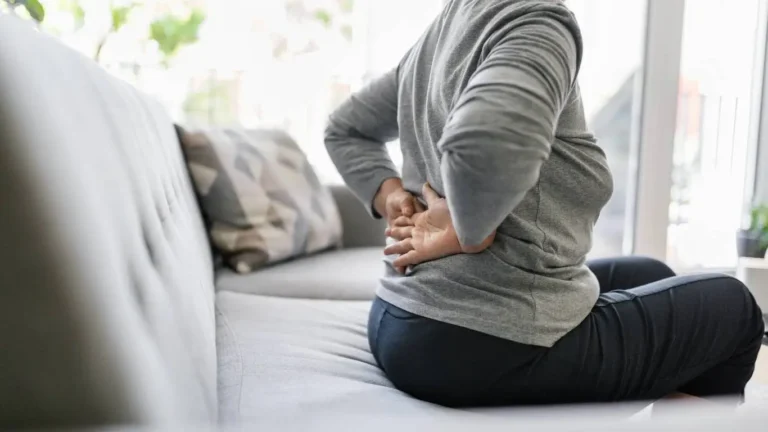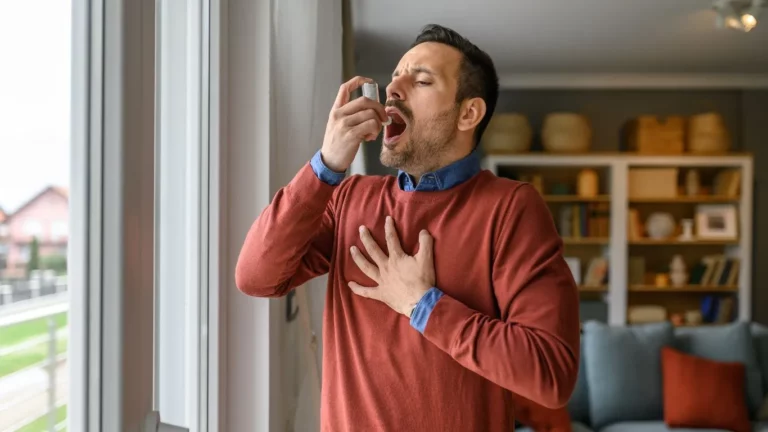Proven Natural Ways to Lower High Blood Pressure Without Meds
Managing high blood pressure can feel like an uphill battle, especially when you’re faced with so many medications, lifestyle changes, and conflicting advice. As an Internal Medicine Physician specializing in Hypertension Management, I’ve had the privilege of working closely with patients to guide them toward better health. One of the questions I get asked most often is, “What are some natural ways to lower high blood pressure?” Today, I’m excited to share some of my insights and tips on this topic—ways that are not only effective but also backed by science. It’s not just about popping a pill, but making small, consistent changes to your daily routine that can really make a difference in the long run.
Understanding High Blood Pressure: A Silent Killer
Before we dive into natural ways to lower high blood pressure, it’s important to understand what we’re dealing with. Hypertension, or high blood pressure, is often called the “silent killer” because it doesn’t always present noticeable symptoms. You might feel fine one day and then suddenly, without warning, find out you have dangerously high blood pressure. This condition occurs when the force of your blood against the walls of your arteries is too high, putting extra strain on your heart and increasing your risk of heart disease, stroke, kidney damage, and other complications.
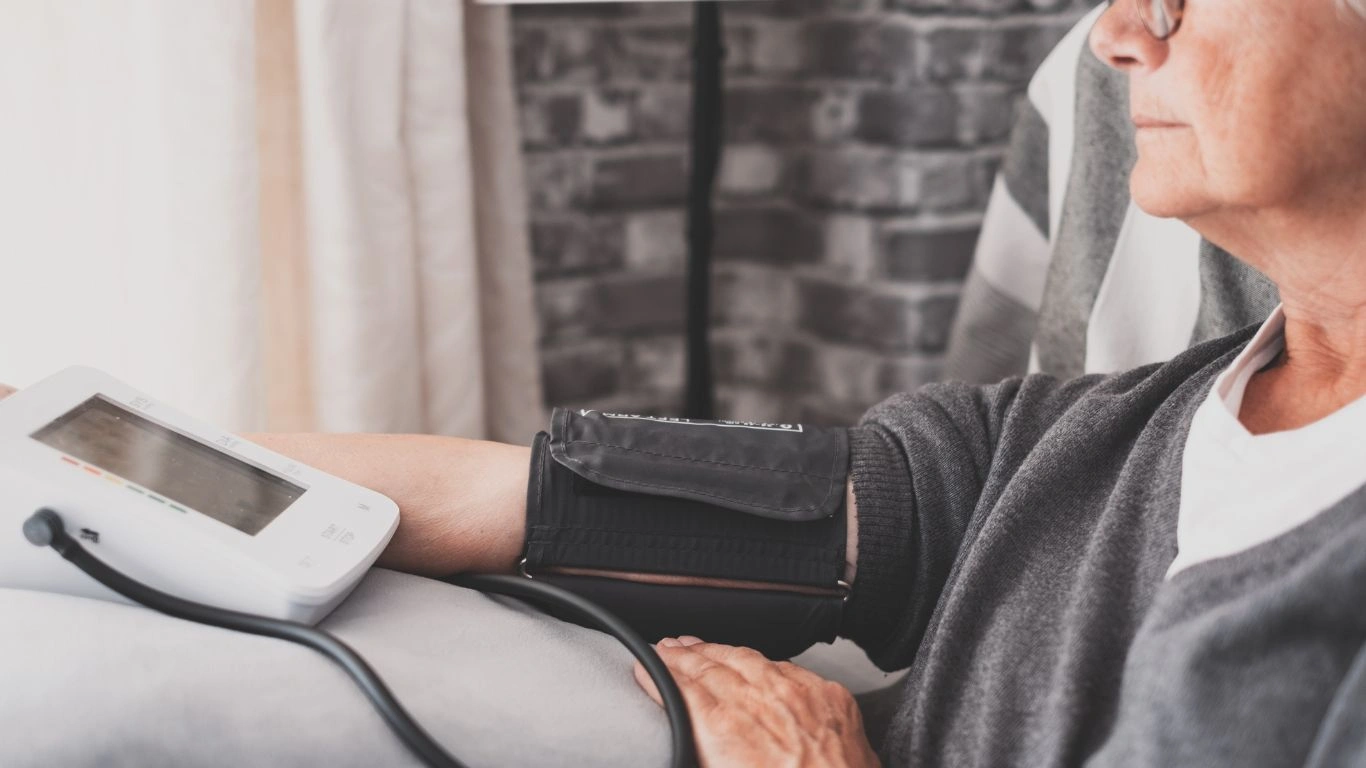
According to the American Heart Association, about 1 in 3 adults have high blood pressure, and many don’t even know it! The good news? It’s possible to control high blood pressure with lifestyle changes, including incorporating natural methods that can complement—or in some cases, reduce the need for—medication. But which natural remedies really work? Let’s dive into the best approaches I’ve seen in my practice.
The Power of a Balanced Diet
1. Eating More Potassium-Rich Foods
When we think about blood pressure, we often think about salt, but potassium is just as important! Potassium helps balance out the negative effects of sodium in your diet, helping to relax blood vessel walls and reduce blood pressure. The key here is not just cutting back on sodium, but actively including potassium-rich foods in your meals. In fact, many of my patients who’ve made this dietary shift have seen significant improvements.
Some of the best sources of potassium include:
- Bananas
- Sweet potatoes
- Spinach
- Avocados
- Tomatoes
- Beans and lentils
Incorporating these foods into your daily meals can help you maintain a healthier blood pressure level. A simple swap of a banana for a sugary snack could be an easy change that benefits your heart in the long run!
2. The DASH Diet: More Than Just a Trend
If you’ve been reading up on ways to lower high blood pressure, you’ve probably heard of the DASH diet (Dietary Approaches to Stop Hypertension). The DASH diet is not a fad—it’s a well-researched, scientifically backed eating plan that encourages a diet rich in fruits, vegetables, whole grains, and low-fat dairy while reducing saturated fats, red meat, and sweets. In my experience, patients who follow this plan consistently see significant drops in their blood pressure.

The DASH diet focuses on foods like:
- Fruits and vegetables (aim for 4-5 servings a day)
- Whole grains (like brown rice and whole wheat bread)
- Low-fat or fat-free dairy products
- Lean protein sources, such as poultry, fish, and legumes
- Healthy fats, like those found in nuts, seeds, and olive oil
By following this diet, you’re not only aiming to lower blood pressure but also improving your overall heart health. It’s a win-win!
Staying Active: Exercise for Blood Pressure Management
1. Cardiovascular Exercise
Exercise is one of the most effective natural ways to lower high blood pressure. As a physician, I often stress the importance of regular physical activity to my patients, and I can’t recommend it enough. Just 30 minutes of moderate aerobic exercise on most days can have a huge impact on blood pressure. Whether it’s walking, cycling, swimming, or even dancing—getting your heart pumping helps improve blood flow and reduce the strain on your heart.
My patients who engage in regular cardio exercises often report feeling better overall, and their blood pressure readings show improvements, too. If you’re new to exercise or haven’t been active in a while, start slow and work your way up. Every little bit counts!
2. Strength Training: Adding Muscle to the Mix
While cardio gets a lot of attention when it comes to lowering blood pressure, strength training shouldn’t be overlooked. Lifting weights or doing bodyweight exercises a few times a week can help reduce your blood pressure by increasing muscle mass and improving your overall metabolism. Plus, it can help with weight management, which is another important factor in blood pressure control.
Even short sessions of resistance training, such as using resistance bands or light weights, can be effective. The key is consistency—aim for at least two sessions a week to start seeing results.

The Importance of Stress Management

Let’s face it—life is stressful. Whether it’s work, family, finances, or just the daily grind, stress seems to be an unavoidable part of life. But what many people don’t realize is that chronic stress can be a major contributor to high blood pressure. When you’re stressed, your body releases hormones like adrenaline and cortisol, which cause your heart to beat faster and your blood vessels to tighten. Over time, this constant state of “fight or flight” can elevate your blood pressure and lead to hypertension.
Now, I’m not saying that stress is the sole cause of high blood pressure. But when it comes to managing your heart health, reducing stress can play a huge role. I’ve seen it firsthand in my practice—patients who practice stress management techniques often report not only feeling better mentally but also experiencing lower blood pressure levels. It’s not about eliminating stress (because, let’s be honest, that’s pretty much impossible), but learning how to handle it effectively.
Some great ways to manage stress include:
- Mindfulness meditation: Even just 5-10 minutes a day can make a huge difference. The key is being present in the moment, focusing on your breath, and letting go of those racing thoughts.
- Deep breathing exercises: Try the 4-7-8 method, where you inhale for 4 seconds, hold your breath for 7 seconds, and exhale for 8 seconds. This can help activate your body’s relaxation response.
- Yoga: This one is a game-changer for me personally. Yoga combines deep breathing with physical movement, which can reduce tension and promote overall well-being.
- Spending time in nature: Whether it’s a walk in the park or a weekend hike, spending time outdoors can help lower stress and improve your mood.
Sleep: The Unsung Hero

We all know how important sleep is, but did you know that poor sleep quality can contribute to high blood pressure? When you don’t get enough sleep, or when your sleep is disrupted, your body produces more stress hormones, which can raise your blood pressure. Plus, not getting enough restful sleep can lead to weight gain, increased inflammation, and a whole host of other health issues that can contribute to hypertension.
In my experience, patients who make sleep a priority often see a noticeable improvement in their blood pressure. It’s one of the simplest—and most enjoyable—ways to improve your heart health. But quality sleep isn’t just about the quantity (though that’s important too); it’s also about the quality. If you’re tossing and turning all night, or waking up multiple times, your body isn’t getting the rest it needs to repair and regenerate.
Here are some tips for improving your sleep:
- Create a sleep-friendly environment: Keep your bedroom cool, dark, and quiet. Invest in a good mattress and pillows that support a restful night’s sleep.
- Stick to a routine: Going to bed and waking up at the same time every day (even on weekends) helps regulate your body’s internal clock.
- Limit screen time: The blue light from phones, tablets, and computers can interfere with your ability to fall asleep. Try to avoid screens at least 30 minutes before bed.
- Relax before bed: Reading, taking a warm bath, or practicing relaxation techniques can help signal to your body that it’s time to wind down.
If you find yourself struggling with sleep, it might be worth talking to a healthcare provider. They can help rule out underlying issues like sleep apnea, which can also impact blood pressure.
Natural Supplements to Consider
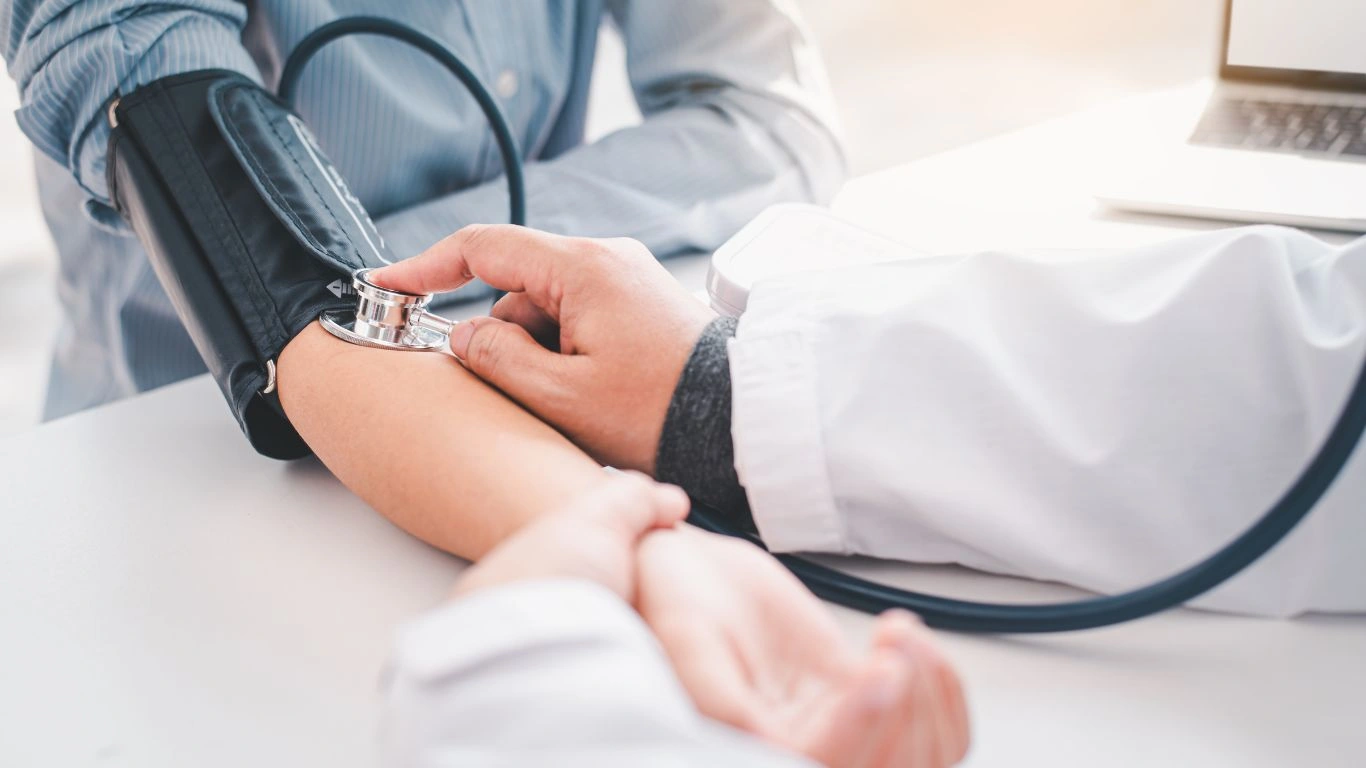
While lifestyle changes like diet, exercise, stress management, and sleep are the foundation of lowering high blood pressure, some natural supplements can offer additional support. As always, before starting any new supplement regimen, it’s important to discuss it with your healthcare provider—especially if you’re already on medication for high blood pressure.
Here are a few natural supplements that have shown promise in helping to lower blood pressure:
- Garlic: Garlic has long been praised for its heart health benefits. Research shows that garlic can help relax blood vessels and improve blood flow, leading to a reduction in blood pressure. You can consume garlic in its raw form or as a supplement. Just be sure not to overdo it, as too much garlic can cause digestive issues.
- Hibiscus tea: This herbal tea has been shown to have a mild diuretic effect and can help lower both systolic and diastolic blood pressure. Drinking 2-3 cups a day is often recommended. I personally enjoy a cup of hibiscus tea before bed, and it’s become a part of my nightly routine.
- Coenzyme Q10 (CoQ10): CoQ10 is a compound that helps your body produce energy. Studies have shown that CoQ10 supplementation can lower blood pressure, particularly in people with high blood pressure. It’s also an antioxidant, so it helps protect your cells from damage.
- Omega-3 fatty acids: Omega-3s, found in fatty fish like salmon or in supplement form, can help lower blood pressure by reducing inflammation and improving heart health.
While these supplements can be helpful, they should complement—not replace—healthy lifestyle choices. And again, always talk to your doctor before adding any new supplements to your routine, especially if you’re already taking medication for high blood pressure.
In the next section, we’ll dive into how regular check-ups and blood pressure monitoring can help you stay on track. We’ll also talk about the importance of staying consistent with these lifestyle changes over time to ensure lasting heart health.
Regular Monitoring: Stay on Top of Your Health
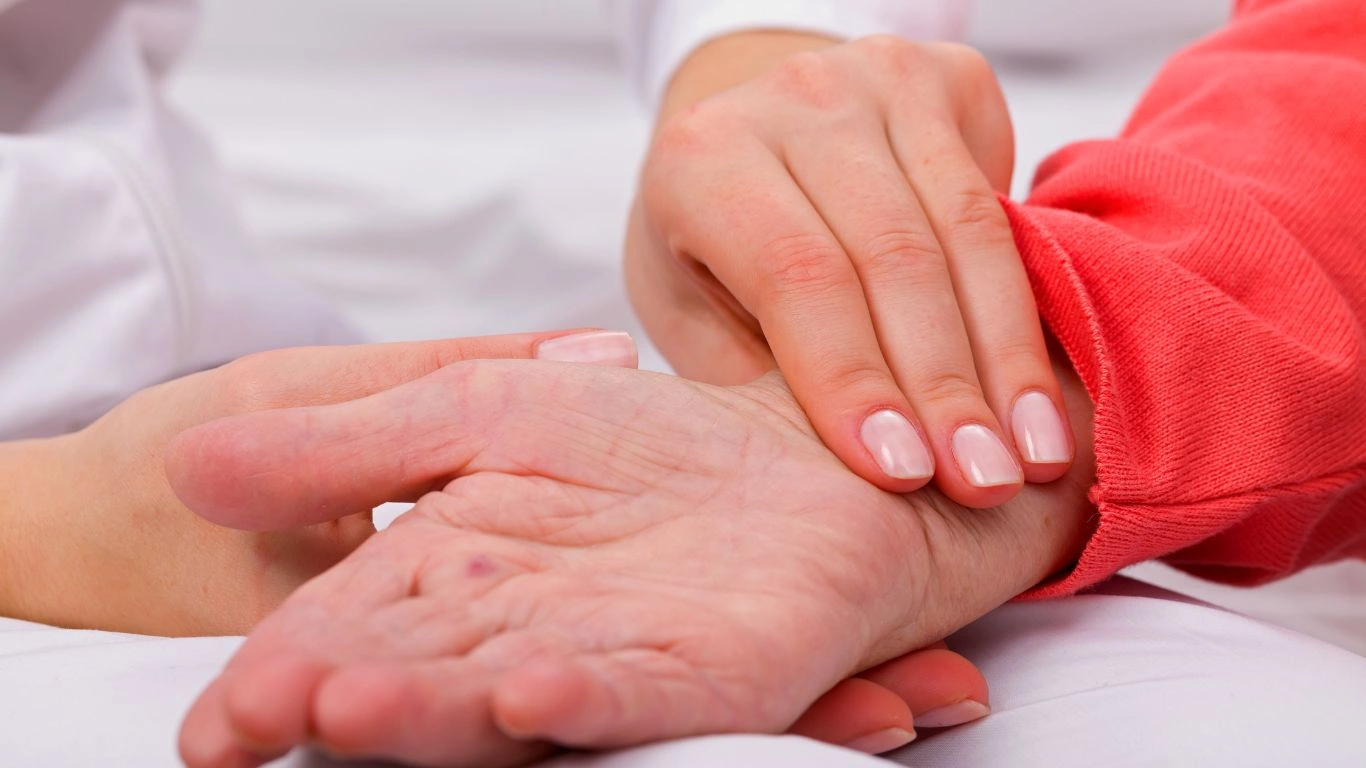
Now, let’s talk about something that can really make a difference when it comes to managing high blood pressure: monitoring your levels regularly. In my experience as a physician, one of the most effective ways to control blood pressure is by keeping track of it consistently. Think of it as a way of staying in touch with your body. When you monitor your blood pressure, you can see what’s working and what needs adjustment. It also helps you detect any significant changes early on, which can be a game-changer in preventing long-term damage.
While some people may not have easy access to a doctor’s office or may feel like they don’t need frequent check-ups, home monitoring has become increasingly popular—and with good reason. Having a reliable blood pressure monitor at home allows you to track your progress and make timely adjustments to your lifestyle or medication under your doctor’s guidance. When you see those numbers improving, it’s not just encouraging—it’s motivating!
Here are some tips for effective blood pressure monitoring at home:
- Choose a reliable monitor: Not all blood pressure monitors are created equal. Look for a device that’s clinically validated and recommended by health organizations. The American Heart Association (AHA) provides great guidance on which monitors to buy.
- Check at the same time each day: Consistency is key. Take your blood pressure at the same time every day, preferably in the morning before you’ve had any food or coffee. This helps you track trends rather than isolated readings.
- Follow the instructions: It’s easy to assume that using a blood pressure cuff is self-explanatory, but making sure you’re doing it correctly is important. Sit with your back supported, keep your feet flat on the floor, and your arm at heart level for an accurate reading.
- Keep a log: Write down your readings or use an app to track them. This gives your healthcare provider valuable information and allows you to spot any concerning patterns.
If you notice a pattern of high readings, it’s important to follow up with your doctor. Sometimes, lifestyle changes like the ones we’ve discussed are enough to keep blood pressure in check, but if medication is necessary, your doctor can help adjust your treatment plan.
Consistency Is Key: Building Long-Term Habits
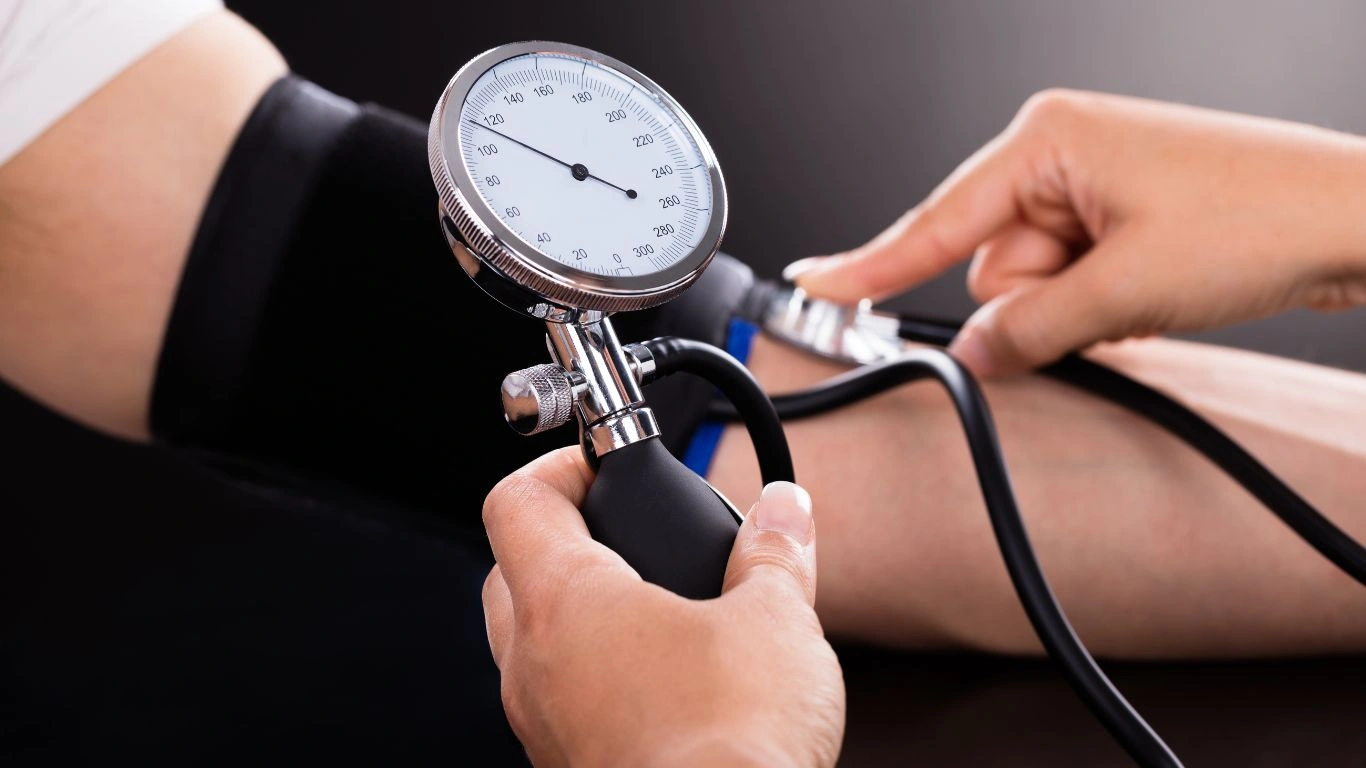
One thing that I often tell my patients is this: it’s not about perfection, it’s about consistency. Lowering and managing high blood pressure is a long-term commitment, and the more consistent you are with your healthy habits, the better your results will be. I’ve seen so many patients make great strides by simply sticking to small, sustainable changes over time.
That’s why I can’t stress enough how important it is to take things one step at a time. You don’t need to make every change overnight, and you certainly don’t need to aim for perfection. It’s the small, steady adjustments that add up. Start with one or two things, like improving your diet or adding 10 minutes of walking each day, and gradually build from there. The goal is to create habits that fit your lifestyle and that you can maintain in the long run.
Here are a few tips for staying consistent:
- Set realistic goals: Start with manageable goals, like aiming for 30 minutes of exercise most days or eating more fruits and vegetables. You don’t need to overhaul your entire lifestyle in one week.
- Build a support system: Whether it’s a friend, family member, or a health coach, having someone to cheer you on can make all the difference. You’re more likely to stick with healthy habits when you’ve got someone by your side.
- Celebrate small victories: Don’t wait until you’ve hit your big goal to celebrate. Every time you make a healthy choice—whether it’s eating a balanced meal or getting in a workout—give yourself a pat on the back. Progress is progress!
- Be patient with yourself: There will be setbacks, and that’s completely normal. What matters is that you keep going. If you miss a workout or have an unhealthy meal, don’t throw in the towel. Just pick up where you left off.
References
Here are some trusted resources and references to help guide you on your journey to lower blood pressure:
- American Heart Association (AHA): A reliable source for heart health and blood pressure management information.
- Centers for Disease Control and Prevention (CDC): Provides excellent guidance on how to manage high blood pressure and prevent stroke.
- National Heart, Lung, and Blood Institute (NHLBI): Offers in-depth resources on heart health and hypertension prevention.
Disclaimer
The information shared in this article is for educational purposes only and should not be construed as medical advice. Always consult with a healthcare professional before making significant changes to your diet, exercise routine, or medication regimen. Individual results may vary, and your healthcare provider can provide guidance tailored to your specific needs.

Dr. Gwenna Aazee is a board-certified Internal Medicine Physician with a special focus on hypertension management, chronic disease prevention, and patient education. With years of experience in both clinical practice and medical writing, she’s passionate about turning evidence-based medicine into accessible, actionable advice. Through her work at Healthusias.com, Dr. Aazee empowers readers to take charge of their health with confidence and clarity. Off the clock, she enjoys deep dives into nutrition research, long walks with her rescue pup, and simplifying medical jargon one article at a time.
